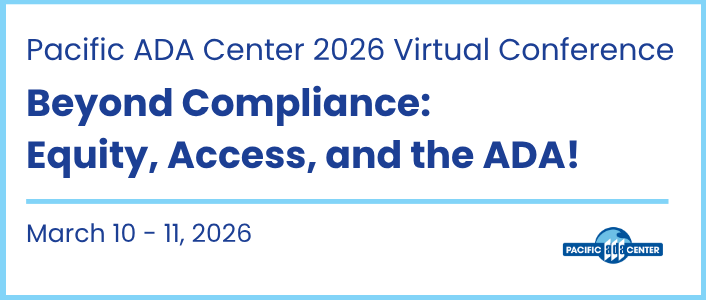
In the News
California lawmakers must adapt to changing families
-
Programs
California Center for Research on Women and Families(PHI program 2000-2016)
I am a big Jerry Brown booster. He’s the best governor we’ve had since, well … when he was last governor in 1982.
Unlike so many of today’s sound-bite politicians, he brings an unmatched intellectual firepower. But as evidenced by his State of the State speech last week, Brown’s big vision – fiscal prudence, infrastructure, water, climate and schools – has a big hole.
He has not yet fully envisioned and addressed how the changing composition of California’s families will slowly drag down the economy unless we make strategic changes to our workplaces, schools and public services. As an economic driver, support for California’s working families is as important as streets and waterways, but it is too often neglected like those unpaved side roads.
In 1974, when Brown was first elected governor, less than 40 percent of California households with children had both parents working. In 2014, that number approached 60 percent, according to the California Budget & Policy Center. Nationally, about 13 percent of births were to unmarried women in 1974, compared with 41 percent in 2013.
Compared with 40 years ago, California’s families offer up an entirely different kind of workforce – not just two-worker families, but also more single-parent households. We don’t need an avalanche of white papers to confirm the stresses and strains these families face.
Just look around: Moms in minivans careening into child care pick-up zones, fathers commuting two hours in gas-guzzling trucks, parents working low-paying part-time jobs and others juggling schedules to avoid astronomic day care costs. According to the Pew Research Center, 56 percent of working parents with kids under 18 reported last fall it was difficult for them to balance the responsibilities of both work and family.
We should think of these statistics and stories as a big blasting buzzer, a wake-up call to discuss what is needed to ease the stress of working parents – and to ensure they have the energy and ambition to be vital members of the workforce.
Without doubt, we would be starting from a record of notable accomplishment. California has adopted paid family leave, a state Earned Income Tax Credit, an increased minimum wage, paid sick days and the Fair Pay Act. But more needs to be done.
How might planning guidelines and housing policies build safe communities for today’s families? What kind of child care system is needed for both low-income and middle-class families? What changes to schools would make them more family- and worker-friendly? Is our welfare system offering enough work flexibility for single parents to succeed?
In his State of the State speech, Brown spoke not only about the greatness of our Golden State, but also the challenge of living in uncertain times – unrest in the Middle East, terrorist attacks, unnerving stock markets, a world that is literally heating up.
Unmentioned were the smaller uncertainties that a growing number of California families confront daily – a child care provider who gets sick, unpredictable work schedules, limited access to public transportation, spiraling housing costs, late-start days at schools and the need to care for a parent or grandparent without adequate paid leave.
Ozzie and Harriet are long gone. We need California’s political leadership to seek a state that works for today’s hardworking families.
Originally published by The Sacramento Bee
More Updates


PHI’s Population Health Innovation Lab Joins $22M Five-Year Initiative with Merck Foundation to Improve Cardiovascular Care

Call for Speakers: 2026 Americans with Disabilities Act Virtual Conference

“Federal Food Assistance Programs Sustain Families” Statement from the Public Health Institute on SNAP Funding
Work With Us
You change the world. We do the rest. Explore fiscal sponsorship at PHI.
Support Us
Together, we can accelerate our response to public health’s most critical issues.
Find Employment
Begin your career at the Public Health Institute.
